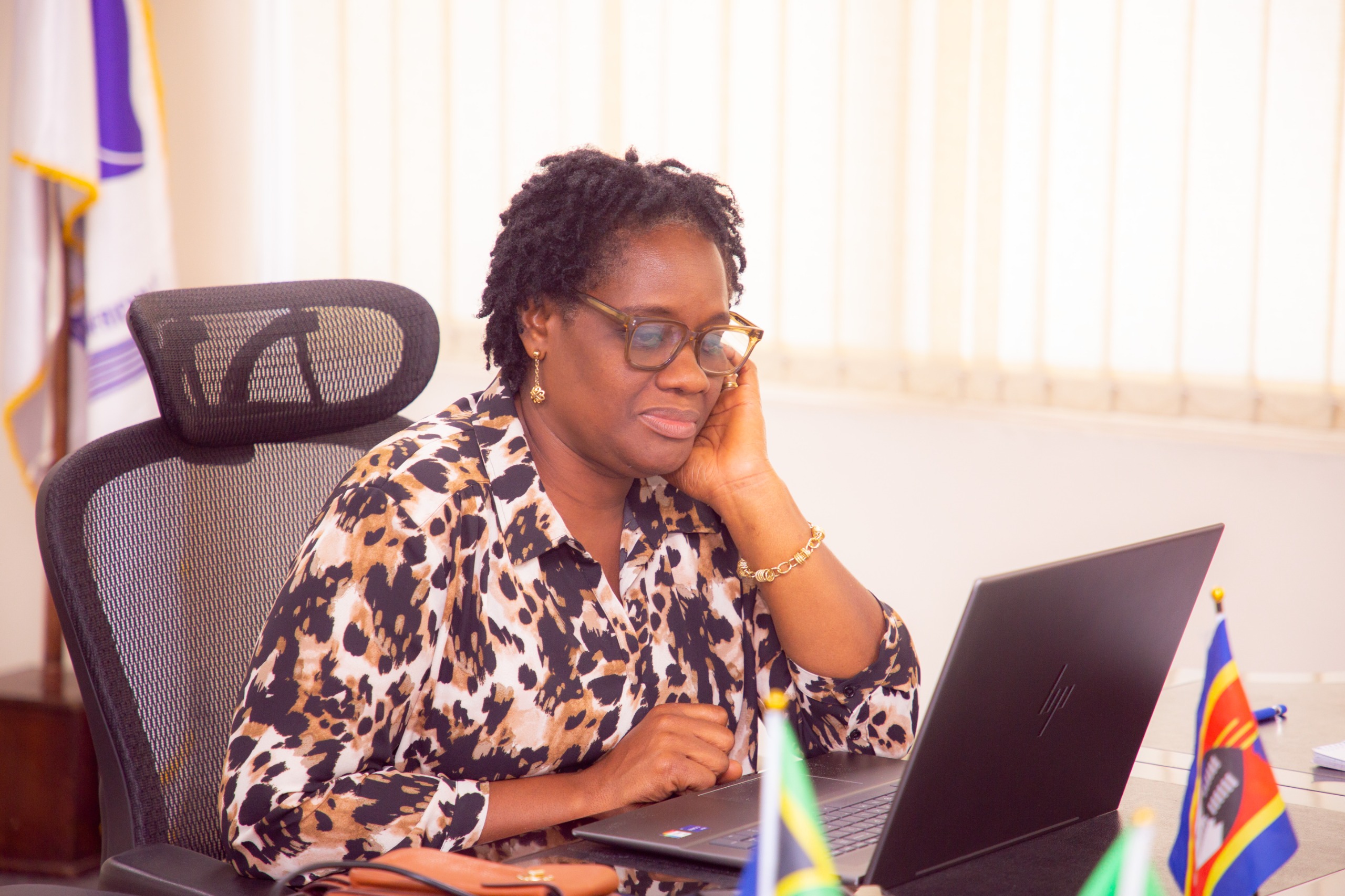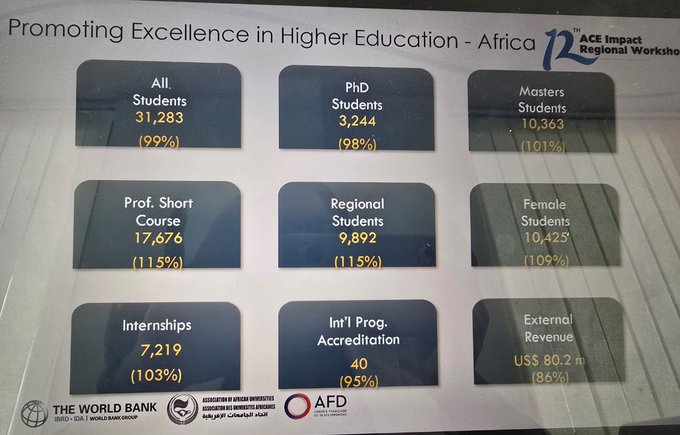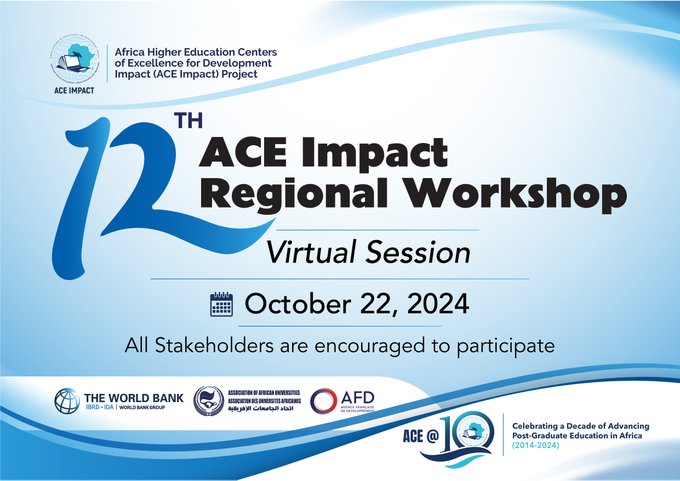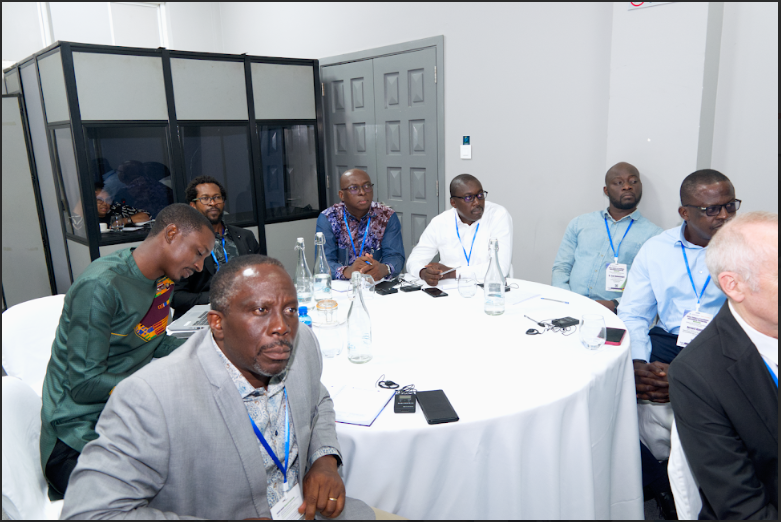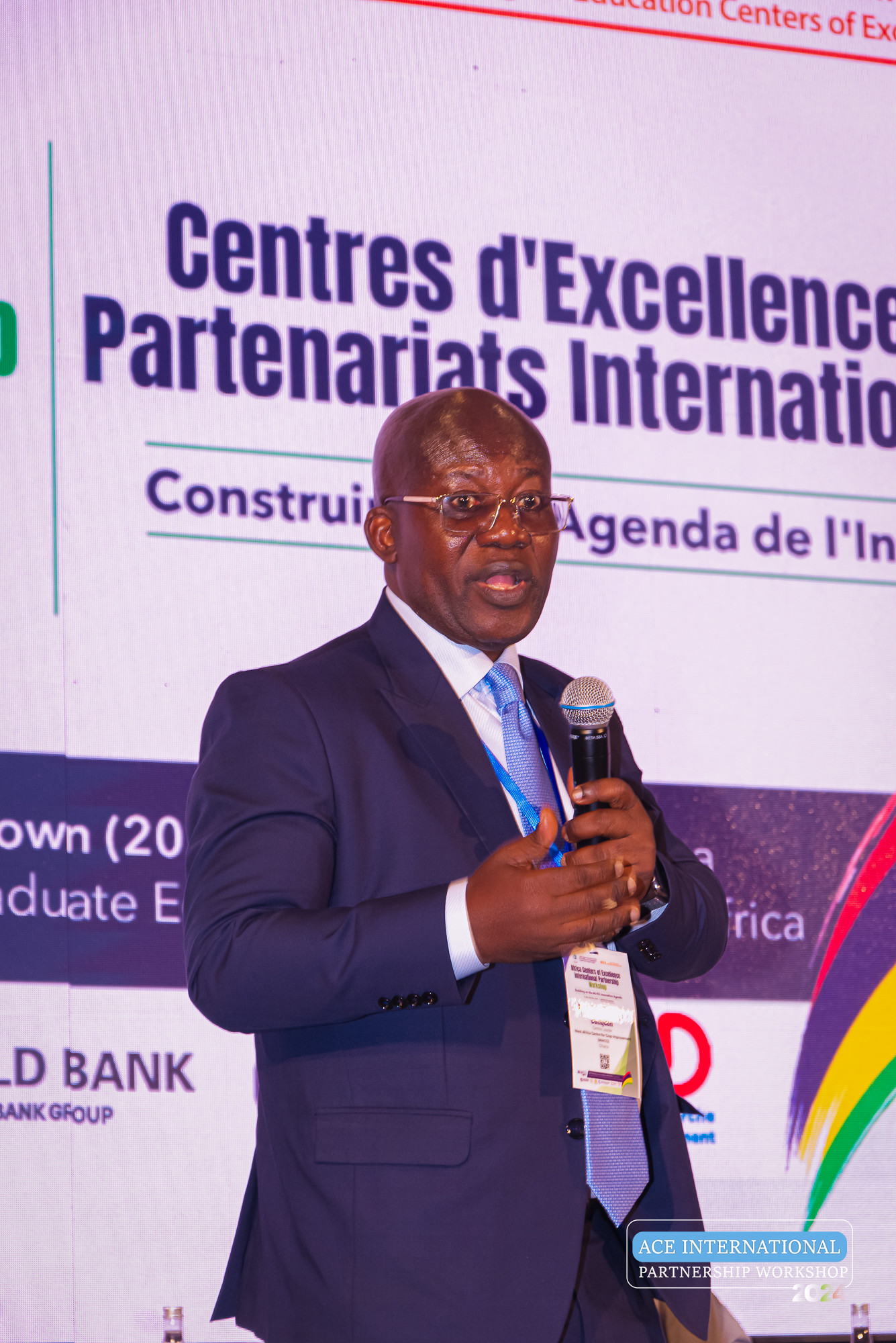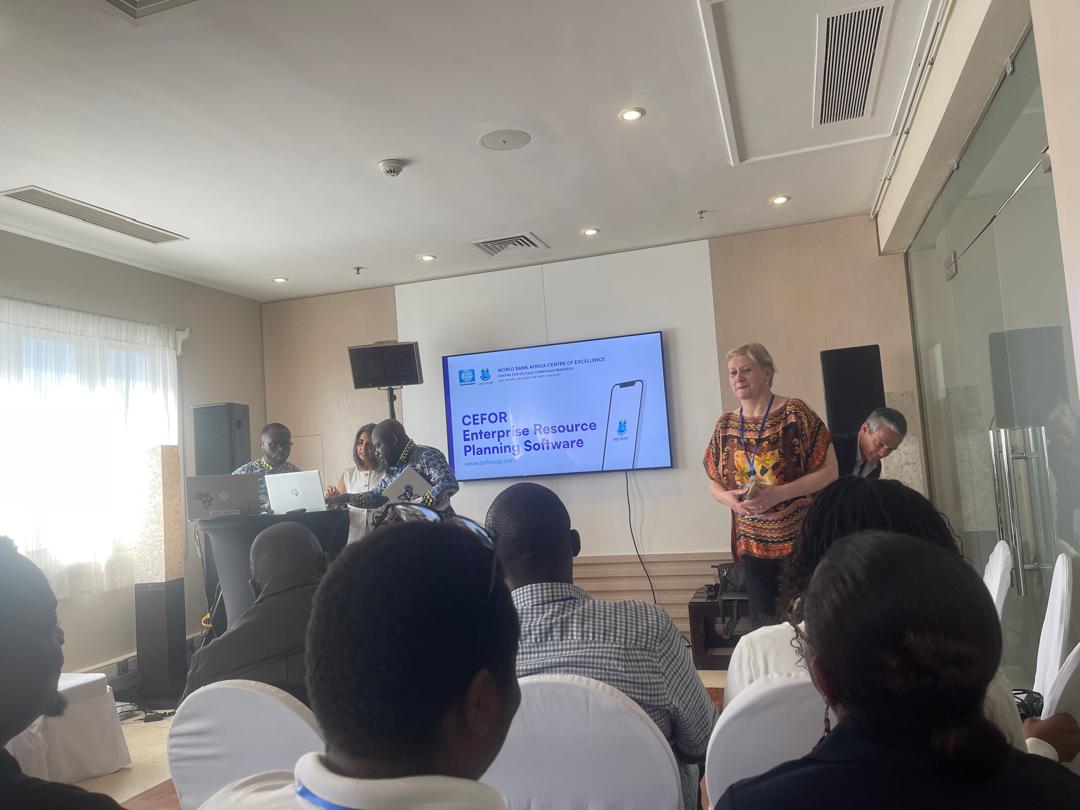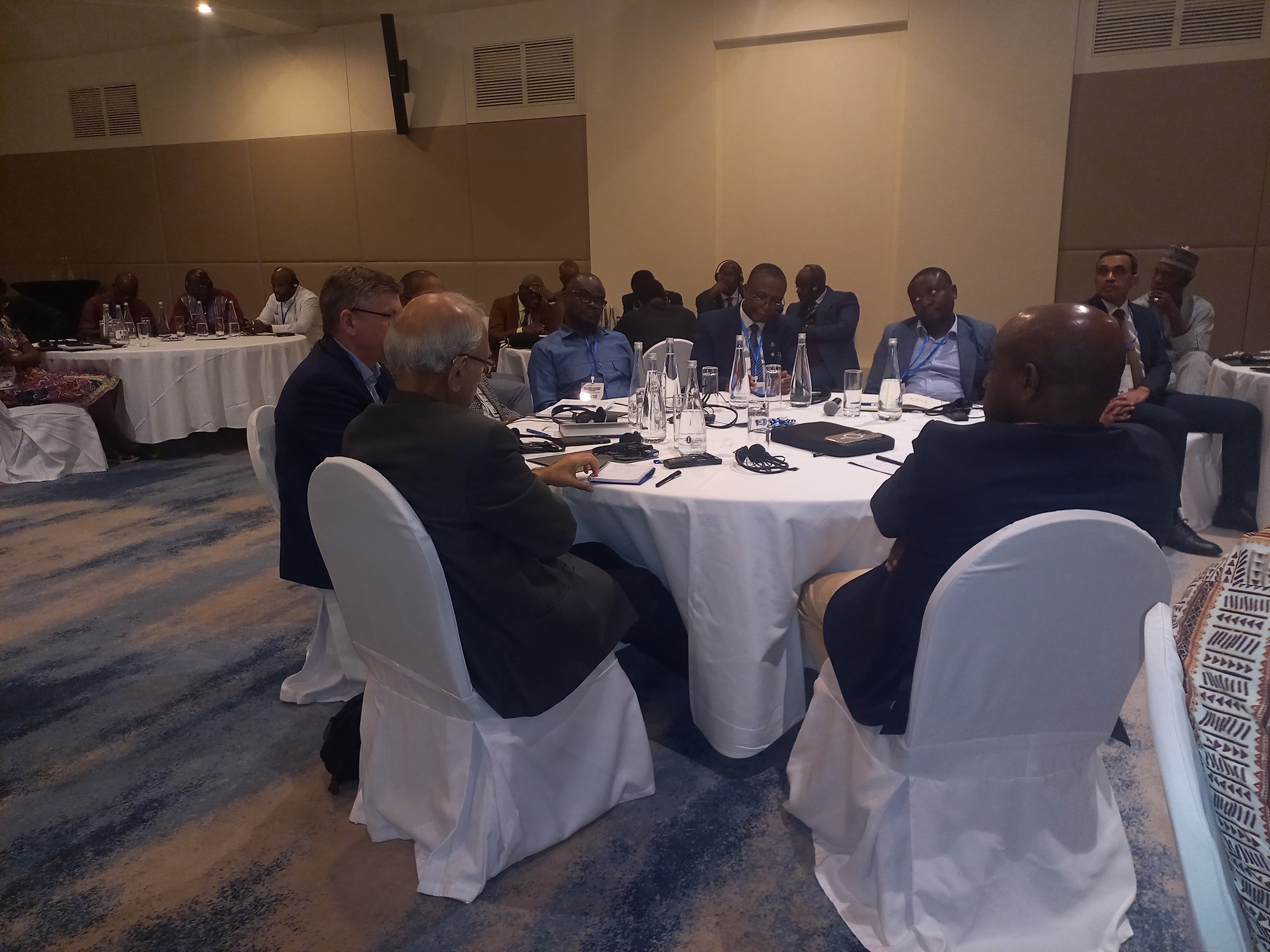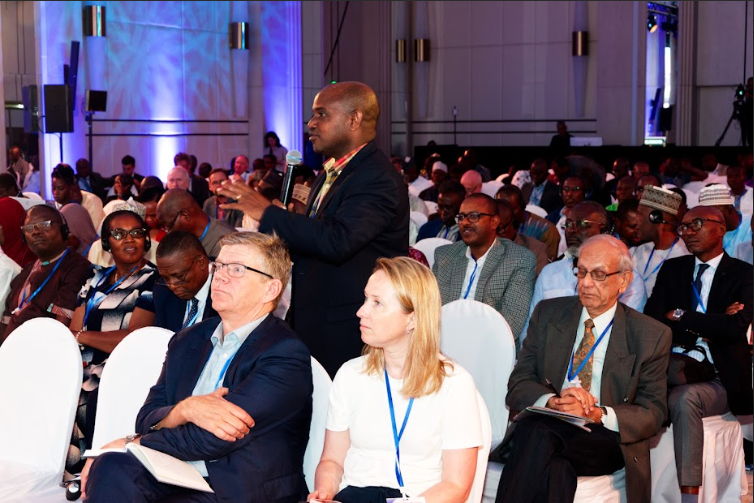Championing Sustainability and Institutional Transformation in African Universities
At the 10th Anniversary celebrations of the Africa Higher Education Centers of Excellence (ACE) Program, a high-level Vice Chancellors Roundtable held on April 8, 2025, brought together leaders from African universities to address one of the most urgent questions facing the ACE initiative today: How can Africa sustain and institutionalize the impact of the ACEs beyond development partner support? The roundtable provided a critical space for the vice chancellors to reflect on lessons from a decade of the ACE program’s implementation and explore pathways for long-term integration and impact.
Chaired by Ms. Trina Haque, Regional Practice Director for People (Human Development), World Bank and moderated by Ms. Roberta Bassett, Global Lead for Tertiary Education, World Bank, the session underscored a shared commitment to embedding the ACEs into the strategic frameworks of host institutions. Rather than functioning as isolated development partner-funded projects, Vice Chancellors were encouraged to envision the ACEs as institutional engines of innovation, revenue generation, and regional impact.

Institutional Experiences: Models of Innovation and Ownership
The Vice Chancellors shared insights on how their institutions have successfully implemented and managed the ACE initiative, highlighting innovative strategies adopted to align with the program’s overarching vision of enhancing the quality and standards of higher education across the continent.
Prof. Patrick Kyamanywa of Uganda Martyrs University emphasized ways the center catalyzed curriculum reform and community engagement at the university. He described how their ACE in Agri-Economy transformed academic programs, infrastructure, and outreach. The centre’s market-relevant curriculum and focus on 21st-century skills attracted students from across Africa and even garnered support from the Ugandan government. In addition, the university fostered cross-border partnerships. Prof. Kyamanywa credited the initiative with instilling a culture of data-driven decision-making, evidence-based management, and social innovation.

Prof. Doutor Manuel Guilherme of Eduardo Mondlane University highlighted aligning curriculum with market demands. He noted ways Mozambique’s largest public university used the ACE framework to tighten links between education and industry, especially in mining, oil, and gas sectors. Through tracer studies and continuous curriculum updates, the university now delivers job-ready graduates equipped with both technical and soft skills. National legislation also requires companies to engage directly with students on campus—an opportunity that Eduardo Mondlane is leveraging to align academic offerings with real-world labor market needs.
Dr. Mahmadou Sheriff, representing Université Félix Houphouët-Boigny, Côte d’Ivoire emphasized driving institutional ownership by ensuring that the ACE is fully embedded in the university’s development strategy. He noted that the university’s management allocated prime land for ACE infrastructure, and staff are recruited and paid by the university—fostering full operational integration. He noted that the ACE catalyzed institution-wide accreditation reforms, income generation, and research excellence. However, he cautioned that development partner phase-out poses risks, and called for renewed efforts in audit compliance, quality control, and long-term financing.
Dr. Daouda Keita, vice chancellor of L’institut Superior des Mines et de la Geologie de Boke in Guinea (ISMG) presented a notable example of leveraging industry partnerships, demonstrating ACEs collaborating closely with national industries and agencies. At ISMG, partnerships with the mining sector have yielded infrastructure support, research funding, student internships, and curriculum co-design. By allocating land and staff, the university demonstrated strong institutional support. Dr. Keita called the ACE “a cornerstone of national relevance,” underscoring its role in linking academia with the labor market.

Finally, Dr. Wondossen Mulugeta Gewe of Addis Ababa University, Ethiopia underscored that the ACEs’ priorities are well anchored in national policies. Noting that the university’s three centers of excellence—focused on railway development, water research, and drug development are directly aligned with Ethiopia’s development priorities. The centers have enhanced gender equity, internationalization, and academic-industry partnerships through their diverse initiatives. However, he highlighted that the project’s closure in 2025 could affect its impact. He urged university leadership to formally adopt the ACEs into the institutional strategy and operational budgets.
Cross-Cutting Insights and Observations
The roundtable revealed several common insights across institutions, including the data-driven culture of the ACEs which has helped introduce a strong culture of evidence-based planning – thus informing curriculum design, partnerships, and resource allocation. Other insights shared included enhanced infrastructure and institutional visibility; curriculum reform incorporating market driven and industry-aligned programs and skills training to enhance graduate employability; and institutional integration to ensure continuity.

Policy recommendations were made to sustain efforts to scale the project at institutional levels as well as to foster continuity. These recommendations comprise introducing sustainable scholarship schemes to maintain enrolment levels; fostering inter-ACE collaboration to promote shared research, curricula, and mobility; developing national policies that enable continued ACE post-development partner funding; and building internal audit and quality assurance systems to reduce external compliance burdens.
Conclusively, the Vice Chancellors Roundtable discussion highlighted the profound influence of the ACE initiative on higher education transformation across Africa — serving as a blueprint for institutional growth, continental collaboration and catalyst for knowledge-led development, emphasizing the need to embed the ACEs into the universities’ operation systems.









